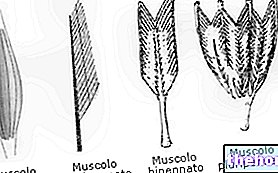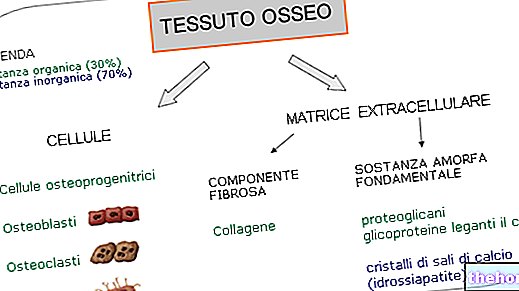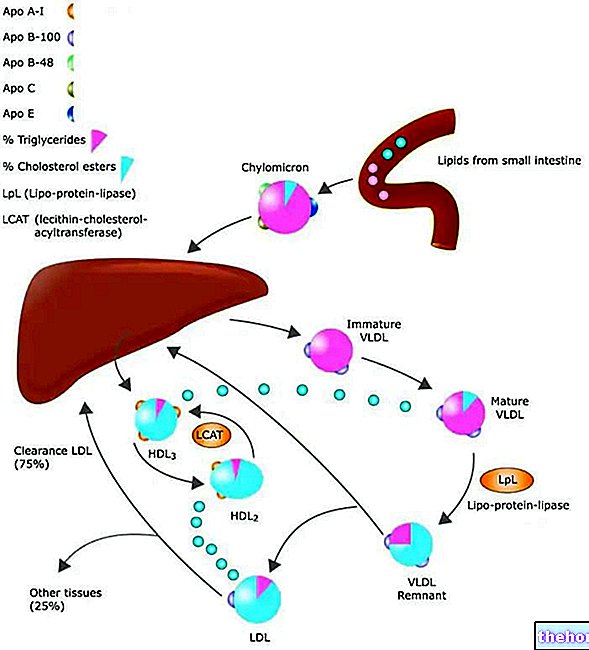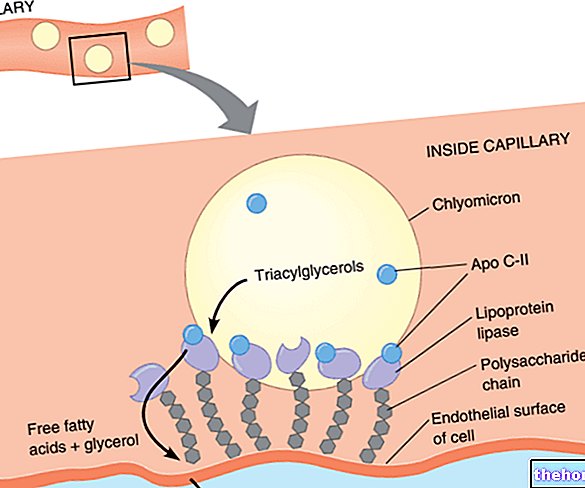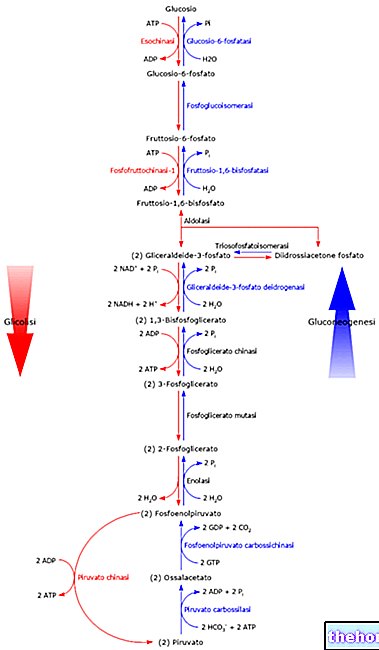Edited by Dr. Stefano Casali
Muscle strength
From the physiological point of view, muscle strength is the ability possessed by the muscle to develop tension useful for overcoming or opposing external resistances. More specifically:
Strength per square meter of section: 200 kN / m2.
A muscle with a section of one square decimeter can develop a force of 2000 N, equal to the weight of a mass of about 200 kg.
In the sarcomere, each pull of the myosin head on the actin filament produces a force of 3-4 pN.
A billion heads of myosin can exert, if they act simultaneously, a force of just 3-4 N, equal to the weight of a mass of about 0.3-0.4 kg.
Each pull ("power stroke") of the myosin head moves the actin filament by 10 nm.
The myosin head remains attached to the actin filament for approximately 2 ms.


The eccentric contraction:
As the muscle stretches, it exerts a force that opposes its stretch.
At the same voltage, it is more likely that muscle injuries occur during eccentric (with lengthening) contractions, rather than during isometric (static) or concentric (with shortening) contractions. We will try to understand what eccentric contraction is for and why it can damage muscle fibers.
Maximum tension
The force-velocity curve tells us that the muscle is able to exert a more intense tension (traction force) if activated while stretching (eccentric contraction).
Force-velocity curve
Graph by J. Dapena, 1977, based on data by P. Komi, 1973

In many sports techniques, but also in natural activities such as walking, an eccentric contraction is immediately followed by a concentric contraction ("stretch-shortening cycle"):
- The muscle stretches by opposing the stretch (eccentric contraction)
- Immediately after the muscle shortens (concentric contraction).
This cycle can be used, for example, to increase the strength of the concentric contraction, such as in the countermovement jump.
Jumping from standing:
- Flexion
- Long pause
- Extension
The extenders:
- they lengthen
- they stop
- get shorter
Jumping with countermovement:
Lengthening-shortening cycle of the extensor muscles:
- Flexion
- Immediate extension
The elevation is greater (practical demonstration of what has been said so far).
Example of a lengthening-shortening cycle
(The countermovement jump)
1) From J. Dapena, 1977, modified.

- The joints flex and then extend.
- Extensors lengthen and then shorten;
2) Graph by J. Dapena, 1977, based on data by P. Komi 1973.

a) The hip and knee extensors are almost completely deactivated. They stretch almost passively, due to the force of gravity, which causes the body to accelerate downwards with consequent flexion of the joints. The rate of stretching grows rapidly.
3) From J. Da Pena, 1977, modified.

b) When the stretch rate is high, the extenders are activated. Their tension is high and produces a push on the ground greater than the weight of the athlete. Therefore:
The fall of the body continues, but is stopped abruptly.
The stretching rate decreases rapidly.
4) From J. Da Pena, 1977, modified.

c) The fall and stretch stop. The extenders are still activated, with a high percentage of fiber recruitment. For a moment, the extenders are stationary (isometric contraction).
5) From J. Da Pena, 1977, modified.

d) Start shortening the extenders immediately. The recruitment rate is maximum, but the tension decreases as the shortening speed increases.
e) The shortening continues, faster and faster, with a consequent decrease in tension.
The force of the extenders is transmitted to the ground through the skeletal levers. The athlete pushes downwards and by reaction, according to Newton's first law, receives a push upwards of the same intensity (binding reaction of the ground).
From www.armin-kibele.de/oldpro_e.html, modified.

Note that the maximum thrust (Force) is produced at the lowest point of the CG (position c), when the elongation ends and the shortening begins.
From J. Dapena, 1977, modified.

In positions a and b the extensors stretch quickly, but the force produced is less than the isometric one (position c). According to the force-speed curve, in the stretch phase the muscle could exert a much greater force than that recorded in position c. Therefore, in the stretch phase, the extensors they do not activate to the maximum.
CONTINUE: Usefulness of the lengthening-shortening cycle "


